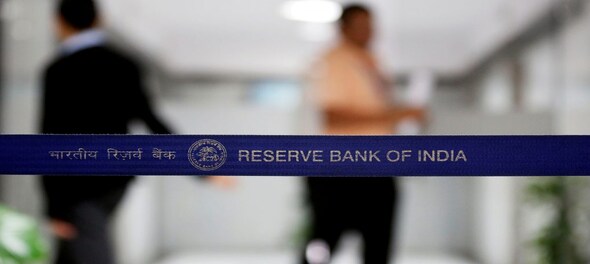
The Reserve Bank of India (RBI) kept the key rates unchanged in its fifth bi-monthly policy, announced on Wednesday.
With no change in the rates, the repo rate — the rate at which the central bank lends funds to the commercial banks — stands at 6.50 percent, while the reverse repo rate — the rate at which the central bank borrows money from commercial banks — stands at 6.25 percent.
The MPC, which takes the decisions on the key interest rates, has six members, three of which are members of the RBI, while the rest are appointed by the Government of India.
The board members include RBI governor Urjit Patel, RBI deputy governor Viral Acharya, executive director Michael Debabrata Patra, IIM Ahmedabad professor Ravindra H Dholakia, Delhi School of Economics director Pami Dua and Indian Statistical Institute Professor Chetan Ghate.
Here are the key highlights of the RBI's December monetary policy:
First Published: Dec 5, 2018 3:07 PM IST
Check out our in-depth Market Coverage, Business News & get real-time Stock Market Updates on CNBC-TV18. Also, Watch our channels CNBC-TV18, CNBC Awaaz and CNBC Bajar Live on-the-go!


Exclusive | Full text of the PM interview: Modi's agenda for the next 5 years
Apr 29, 2024 10:28 PM
PM Modi says he’s going forward with a positive attitude as a response to personal attacks
Apr 29, 2024 10:08 PM

